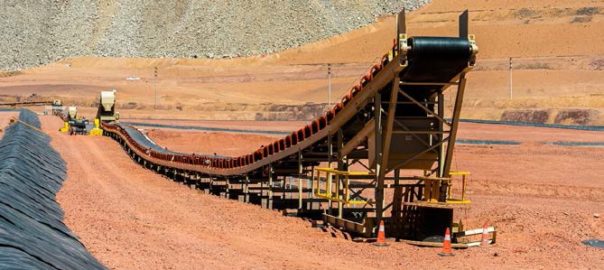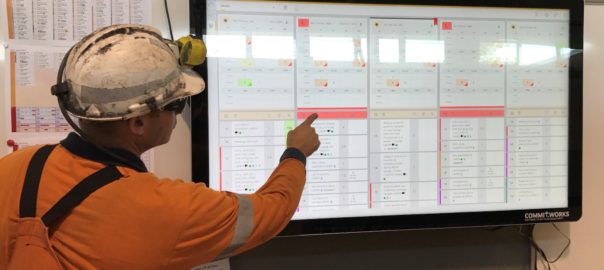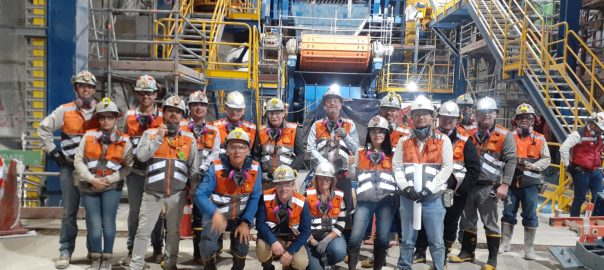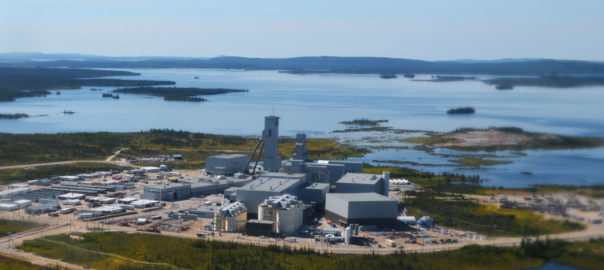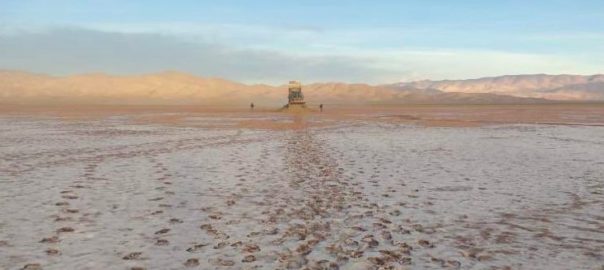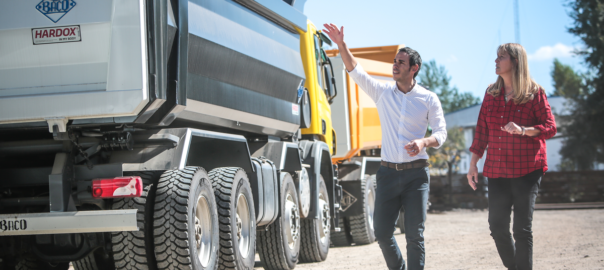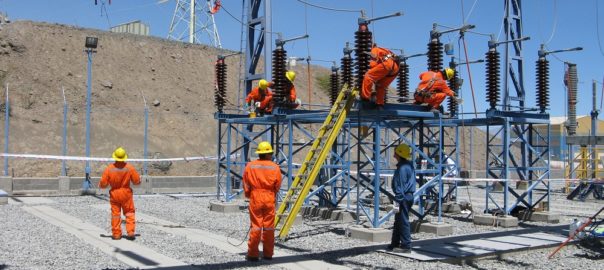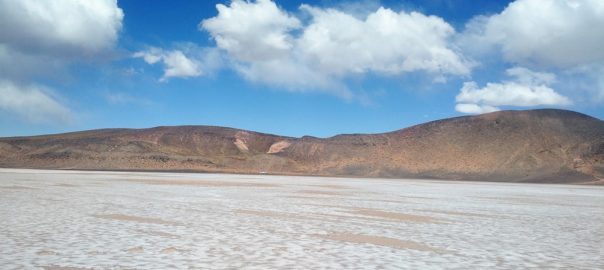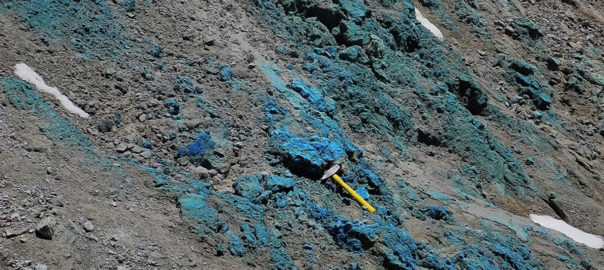Fortuna Silver Mines has completed the primary and secondary crushing circuits at the Lindero gold project, in Salta Province, Argentina, with the company starting to stack ore on the heap leach pad.
As of the end of June, the overall project is now 97% complete, with the first gold pour expected at the end of the September quarter, Fortuna said.
Jorge A Ganoza, President, CEO and Director of Fortuna, said: “The successful commissioning of the primary and secondary crushing circuits and the start of stacking ore on the heap leach pad are key and much awaited milestones at Lindero. Our project team is delivering on schedule and budget according to the revised plan, despite the challenges and limitations of carrying on construction activities under COVID-19 related constraints.
“The next upcoming milestone is the start of heap irrigation which is scheduled for the end of August.”
The ramp-up phase of the primary and secondary crushing circuits will involve an increase in production until nominal rates of 18,750 t/d are achieved, the company said. Fortuna expects to achieve nominal rate production in the December quarter of 2020, inclusive of the tertiary high pressure grinding roll system and agglomeration plant.
Ore for the commissioning and initial ramp-up of the crushing circuit and stacking on the heap leach pad is being sourced from the medium-grade coarse ore stockpile inventory of around 1 Mt averaging 0.55 g/t Au.
During the period from July to December, an estimated 1.7-1.9 Mt of ore is scheduled to be placed on the leach pad with an average gold grade of 1-1.1 g/t, the company said. The estimated stripping ratio during this period is 0.68-0.75.
Final construction activities related to the process ponds, ADR (adsorption, desorption and regeneration) and SART (sulphidisation, acidification, recycling and thickening) plants continues with electrical and piping installations progressing according to plan, Fortuna said. The process pond and ADR plant electric rooms have been energised, with pre-commissioning of the solution handling system commencing on July 11 with the barren pond pumping equipment.
Lindero has been designed as an 18,750 t/d owner-operated open-pit mine with a pit life of 13 years based on current mineral reserves.







